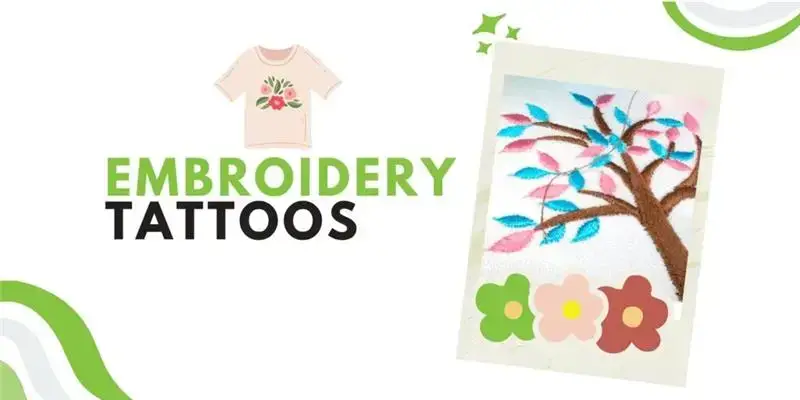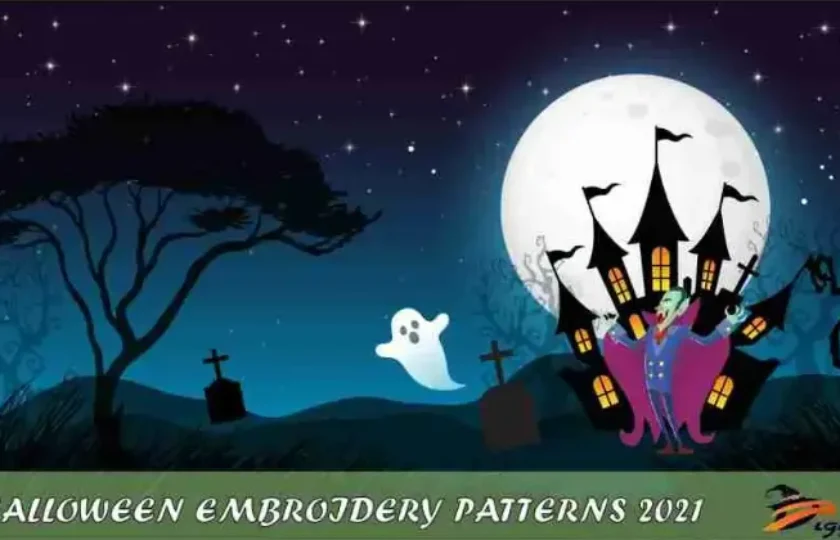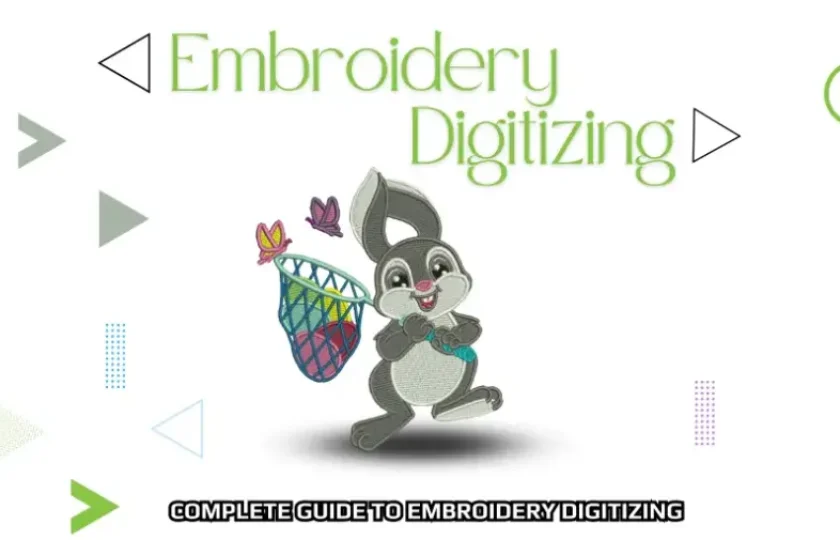Embroidery tattoos replicate the designs of embroidered patches and place them on a man’s body. These designs look exactly like an embossed embroidery patch attached to someone’s skin. However, there is no concept of engraving a thread through the flesh of any customer; it is the design that looks so realistic and captivating. Therefore, to properly learn everything about embroidery tattoos, we must know what the actual art is all about.
Throughout this extensive exploration, we will uncover the fascinating world of embroidery tattoos, uncovering their origins, delving into the intricate techniques employed by tattoo artists, seeking inspiration from a diverse array of design influences, and providing essential tips for the care and maintenance of these unique tattoos. Whether you’re a seasoned tattoo enthusiast or a newcomer to the world of body art, prepare to embark on a journey of creativity, self-expression, and artistic discovery with stitched work tattoos.
Understanding Embroidery Tattoos
Embroidery tattoos, also known as stitch work tattoos, are a form of body art that replicates the appearance of embroidered stitches on the skin. These tattoos feature intricate patterns and designs, often inspired by traditional embroidery motifs from around the world. Unlike traditional tattoos, which are created using a tattoo machine, these tattoos are crafted using specialized techniques to mimic the texture and dimension of embroidered threads.
You have to be a professional tattoo artist to bring out the best tattoo designs and place them to perfection. To achieve the desired success in the field of stitched work tattoos, one must work with a clear conception and eye for the ever-changing trends around the world. Let’s discuss a few things we must know about embroidery tattoos.
1 Origins of Embroidery Tattoos
The concept of embroidery tattoos traces its roots back to the rich history of embroidery as a decorative art form. Embroidery has been practiced for centuries across cultures, with intricate stitching techniques used to embellish clothing, textiles, and accessories. In recent years, tattoo artists have been able to draw inspiration from these traditional embroidery techniques, translating them into stunning tattoo designs that adorn the skin. Even in today’s world, the ever-changing demand for tattoo artists has led us to a point where traditional ways look like out-of trend fashion.
The background of such tattoos is a fascinating journey that intertwines the rich history of traditional embroidery with the innovative techniques of modern tattoo artistry.
2 Importance of Embroidery Tattoos
Tattoo embroidery, also known as stitch work tattoos or embroidery tattoos, holds significant importance in the realm of body art for several reasons. These tattoos offer a distinct aesthetic that sets them apart from traditional tattoos by replicating the look of embroidered stitches on the skin and adding texture, depth, and dimension to the design. Moreover, tattoo embroidery allows for personalization and customization, enabling clients to collaborate closely with tattoo artists to create designs that reflect their individual style, personality, and interests.
Design Inspiration for Embroidery Tattoos
These tattoos offer endless possibilities for design inspiration, with a wide range of motifs and styles to choose from. Whether you’re drawn to floral patterns, geometric shapes, or intricate lace designs, there’s something for everyone in the world of embroidery tattoos. Moreover, tattoo embroidery allows for personalization and customization, enabling clients to collaborate closely with tattoo artists to create designs that reflect their individual style, personality, and interests.
Drawing inspiration from traditional embroidery motifs and techniques, tattoo embroidery pays homage to cultural and artistic heritage while infusing it with modern creativity and innovation. Technological advancements in tattooing equipment have expanded the possibilities for tattoo embroidery, allowing for greater precision and accuracy in achieving intricate embroidery-like effects.
Many designs draw inspiration from traditional embroidery motifs from various cultures. These motifs often feature intricate patterns, botanical elements, and symbolic imagery that hold cultural significance. From Japanese floral motifs to Scandinavian geometric patterns, the diversity of traditional embroidery styles provides ample inspiration for embroidery tattoo designs.
1 Personalized and Custom Design
One of the greatest appeals of such tattoo designs is their versatility in terms of customization. Clients have the opportunity to collaborate with tattoo artists to create personalized designs that reflect their individual style, personality, and interests. Whether it’s incorporating meaningful symbols, initials, or personal memories, stitched work tattoos can be tailored to tell a unique story on the skin.
2 Traditional Embroidery Motifs
Many embroidery tattoo designs draw inspiration from traditional embroidery motifs from various cultures. These motifs often feature intricate patterns, botanical elements, and symbolic imagery that hold cultural significance.
1 Pain and Aftercare for Embroidery Tattoos
Like any tattoo, getting an embroidery tattoo involves some level of discomfort during the tattooing process. However, many individuals find the pain manageable, often describing it as a sensation similar to scratching or scraping. Aftercare is crucial for ensuring the longevity and vibrancy of embroidery tattoos.
2 Pain Management Tips
To minimize discomfort during the tattooing process, clients can take several steps to manage pain effectively. These may include staying hydrated, practicing deep breathing techniques, and communicating openly with the tattoo artist about any discomfort or concerns.




